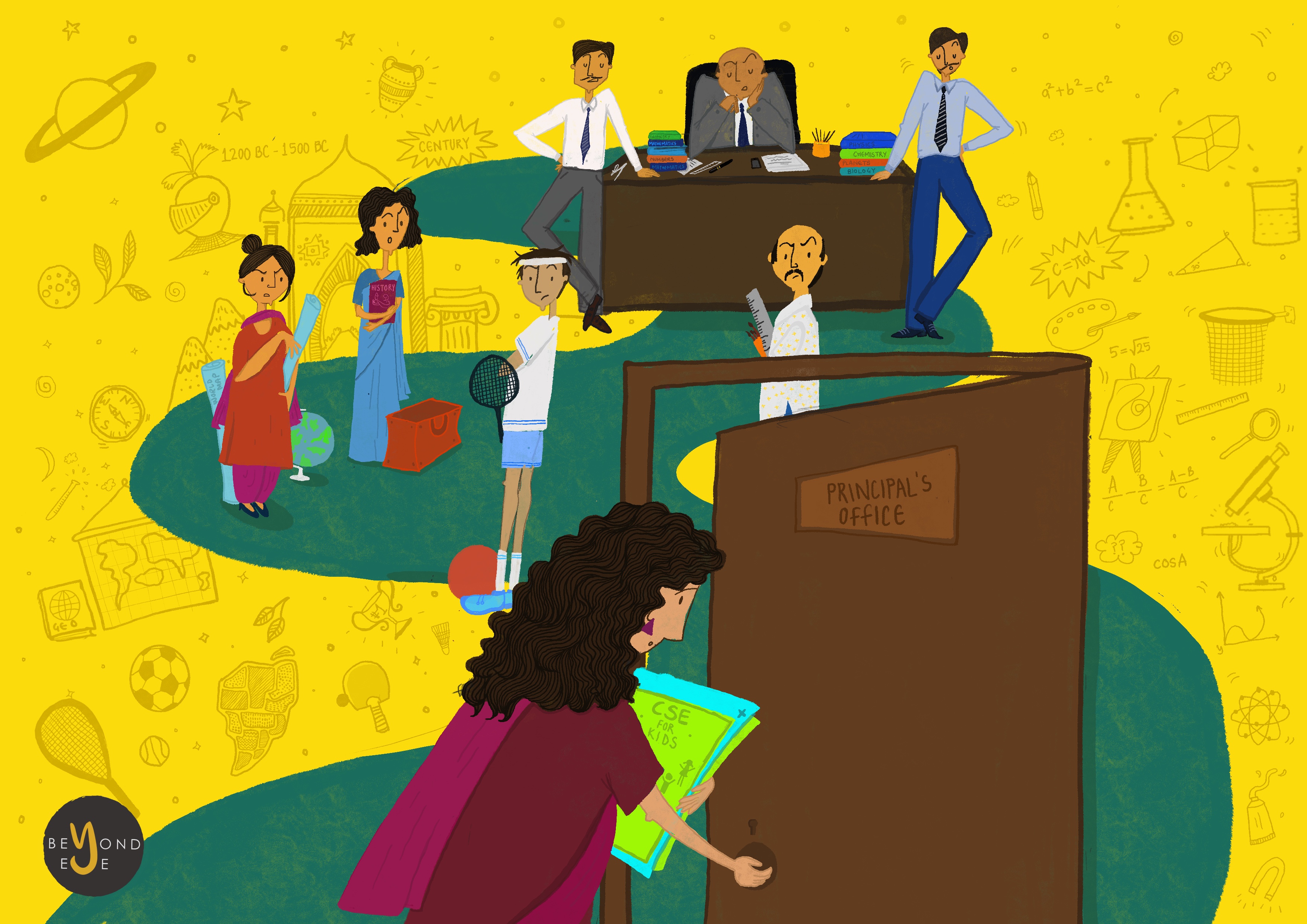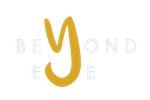
A comprehensive sexuality education (CSE) program should form an essential part of the school curriculum. Age-appropriate sexuality education not only focuses on the anatomical aspects of the body but also helps adolescents understand its physiological functions. If started early, it promotes a healthy lifestyle in children motivating them to maintain their sexual and reproductive health and reduce risks.
With the growing adolescent population in India (253 million, aged 10-19 years), the government recognised the importance of a comprehensive health education program and started Rashtriya Kishor Swasthya Karyakram (RKSK). This program covers nutrition, injuries and violence (including gender violence), non-communicable diseases, mental health, substance misuse and, sexual and reproductive health. The interventions outlined in this program aim at reaching the adolescents through counselling models in schools, families, and communities. Counselling assists in the promotion of health-seeking behaviour in adolescents by providing age-appropriate skills and knowledge to improve and maintain their health.
Rajasthan, a state in northern India, is the largest state by area (3.4 lakh km²) and seventh-largest by population (68.89 million). Adolescents in Rajasthan constitute ~23% of the state’s population, contributing significantly to the national total. To cater to a small section of the adolescents in the rural Rajasthan, Beyond Eye (BE) initiated a project ‘CSE Visual Tools for Adolescents’ in collaboration with Amplify Change and Development Consortium. We contacted a government school in the village Dausa to conduct the workshops on CSE topics (puberty, menstruation, child-sexual abuse and, gender norms) with the adolescents (aged 10-15 years).
The school authorities responded positively and agreed for a meeting to discuss the project in detail. Our team members reached the school at the set date and time to talk about the specific deliverables of this project. The moment we uttered the word ‘sexuality’ in the Comprehensive Sexuality Education, the school authorities immediately gave us the flak. Our discussion turned unwelcomed. We kept persuading about the importance of educating adolescents about their sexual and reproductive health and rights. And, they kept refusing to partner with us on this project. A few moments later, we settled on using ‘health’ and not ‘sexual and reproductive health’ in our workshops.
We could identify their thought process. The prevalence of stigma and taboo around sex and sexuality in the rural communities hindered our conversations. We decided to subtly initiate the dialogue about adolescent sexual and reproductive health (SRH) without instantly trashing their current beliefs. We understood that to change their perceptions about SRH and the myths associated with it; we needed to get into the school system. We recognised this wasn’t a day’s work nor of the weeks. It required continuous intervention and reinforcement.
However, during our conversation, we were astonished to see the disinterest and lack of enthusiasm in the school authorities. As health was never a priority, us approaching to conduct CSE workshops was a big blow. The school authorities set a condition for our engagement with the adolescents. The school needed support to finish its existing curriculum. Regular remedial classes were on the table for subjects like Maths and Science. Considering the time, cost and capacity of our team, it was a tough call to make. Nevertheless, we agreed to provide support for some subjects. We wondered if this might be a significant reason for health not being a priority in our school system.
Academics make the foundation of the school system. The current infrastructure, facilities, and human resources put the extra-curricular activities at the back-burner in schools. Parents criticise rural schools for promoting extracurricular activities like workshops on health and crafts. These activities are usually considered unnecessary and non-valuable for students. Parents claim that this precious time can be utilised by their child to solve some sums and mug up some answers. This behaviour indicates that parents only see the schools as an institution for their child to complete high school and get good grades. On the other hand, schools see it as a race to finish the curriculum and prepare students for exams. Everything boils down to school maintaining its reputation of having a high pass percentage of students; and the parents talking about their child’s performance in the community.
Apart from academics, the next thing that schools focus on is sports. There are tournaments from inter-school to state level, where a student (read it as school) gets to participate. It is a matter of pride for schools to win trophies and showcase it on the non-dusted shelves. Age-appropriate health education never makes it to the priority list. With the government schemes and programs like RKSK and AEP, the schools need to implement some guidelines. However, the truth on the ground is far from reality.
During our intervention, we found out that 4 out of 5 teachers were not aware of RKSK. None of them knew about the program in detail. The school was not implementing the activities outlined in any of these programs. The idea of health was condensed to only physical health, let alone considering the other aspects of health.
The school solely relied on the yearly health camp conducted by the government that does not cover adolescent SRH. This behaviour indicated the school’s incapability to provide age-appropriate CSE, even after the easy availability of government programs. Lack of age-appropriate health education, in turn, results in nutritional disorders, early marriage, early / unintended pregnancy, increased maternal mortality, and unsafe sex leading to increased STIs.
Through our project, we tried to precisely introduce the concept of SRH to the adolescents of this school. It was challenging to set the dialogues in motion, as the adolescents were shy. The stigma and shame associated with SRH are ingrained in rural communities. Using CSE visual tools in our workshops, we tried to bust the myths through interactive discussions. The visual tools co-developed with the adolescents came in handy to subtly talk about their issues without making them uncomfortable. The cartoon characters used in the visual tools helped the adolescents relate to their stories and share their experiences.
We also made sure to involve teachers throughout our co-creation approach. Their participation in the feedback process played a significant role in finalizing the visual tools. Our facilitators made sure to constantly engage the teachers, which resulted in uplifting their morale and making them proud of their students. Lastly, they were thrilled to see the name of their school and students on the CSE visual tools booklet.
To sum up our interactions with the school authorities and adolescents, we have observed that there is a constant need to create awareness among the gatekeepers as well. In our communities, the gatekeepers, especially schools are the key decision-makers in the life of an adolescent. Hence, they must understand the changes taking place in the adolescent’s health and help them get the correct information without being indifferent. Additionally, we suggest that processes should be outlined for schools to ensure the effective implementation of government policies and programs related to adolescent health.
Through our experiences, we have learned that the project focussing on CSE cannot be intervened in isolation. Age-appropriate CSE plays a critical role in changing social norms by educating adolescents, parents and teachers. In a nutshell, such a project needs to be integrated and immersed within the existing school systems after a needs assessment of adolescents and teachers. Adopting such a methodology helped the BeyondEye team in bundling its activities with the remedial classes, thereby ensuring a balance between the adolescents and the gatekeepers.

